Ziggurat is probably the most distinctive architectural feature of the Mesopotamian civilization. However, some of these structures have been found outside the area once occupied by this ancient civilization. One of these ziggurats is also located in Chogha Zanbil in the Khuzestan region of modern Iran. It is one of the best-preserved monument in the world.
Here we will discover the Chogha Zanbil which is the Iranian first UNESCO World Heritage Site and know its history, other traits and the reason behind its popularity.
Brief of Elamite Civilization
Elamite or Elam was an ancient Iranian civilization which was resided once in the southwest of present-day Iran, and it was extended to the region of Khuzestan and Ilam, which currently lies in southern Iraq. Elamite people gave enormous respect to the temple, religions and worshipping.
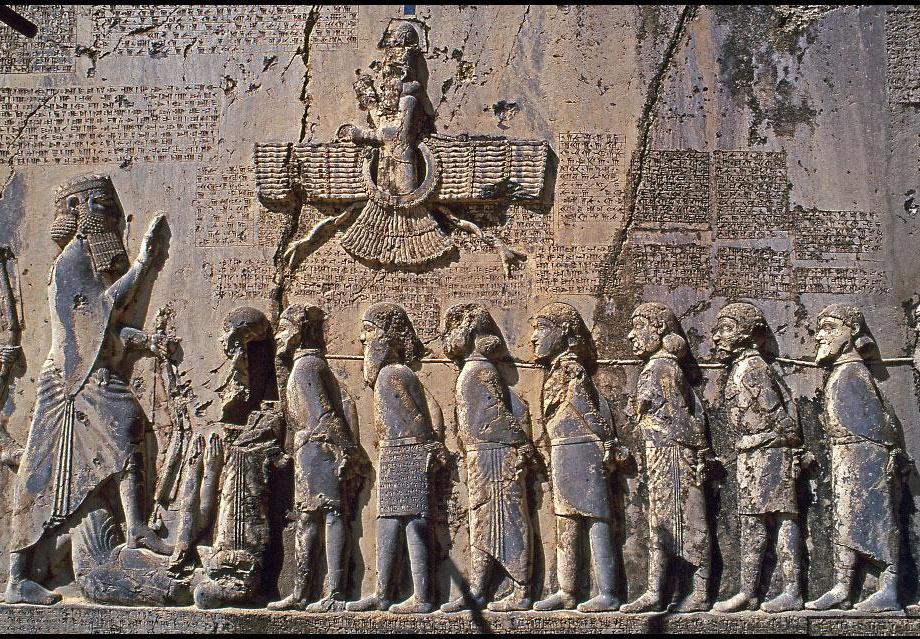
Most of the important and huge monuments that they build during their era were temples. The ziggurat of Chogha Zanbil was dug between 1951 and 1962 and considered to be the best-preserved ancient site in the world.
Ziggurat is a pyramidal temple with a centre of mud brick and an exterior covered with baked brick. The Ziggurat of Chogha Zanbil is constructed with bricks and staircases constructed in the West Asian culture.
Chogha Zanbil
The Ziggurat of Chogha Zanbil is also known pronounced as ‘Tchogha Zanbil’ and ‘Choga Zanbil’. In ancient period it is known as Dur Untash and considered as the most sacred complex of the Elamite Kingdom. This is a demolished monument of the ancient Elamite city of Dur Untashi (Dur Untash), located near Susa in the Khuzestan region of southwestern Iran.
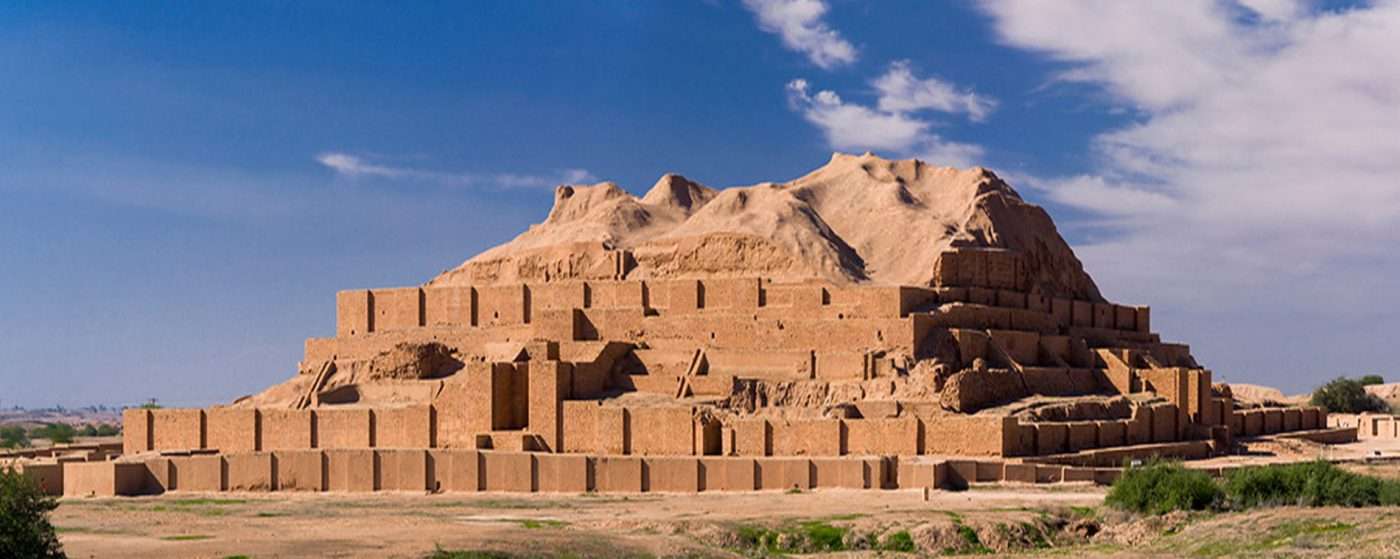
The complex consists of a magnificent ziggurat which is the most extended structure of its kind in Iran. This Iranian site becomes the first one which is added to UNESCO’s World Heritage List in 1979. It is considered to be the best-preserved of its kind and the finest surviving testimony to the once-great Elamite civilization. God ‘Inshushinak’ is worshipped at Chogha Zanbil who was one of the major idols of the Elamite civilization.
Also Read: Unfold the Mystery Behind Ancient Nazca Lines in Peru- Mexico
Why the structure of Chogha Zanbil is unfinished?
It has been shown that the city was founded sometime around 1250 BC by the Elamite king, Untash-Napirisha to perhaps function as a religious capital. The historical site was built upon the order of King Untash-Napirisha. The ancient town was never really completed as Untash-Napirisha died before its completion. Later, during the conflicts and the takeover of the Assyrian army, this unfinished building was demolished in 646 BC and then sunk beneath the ground.
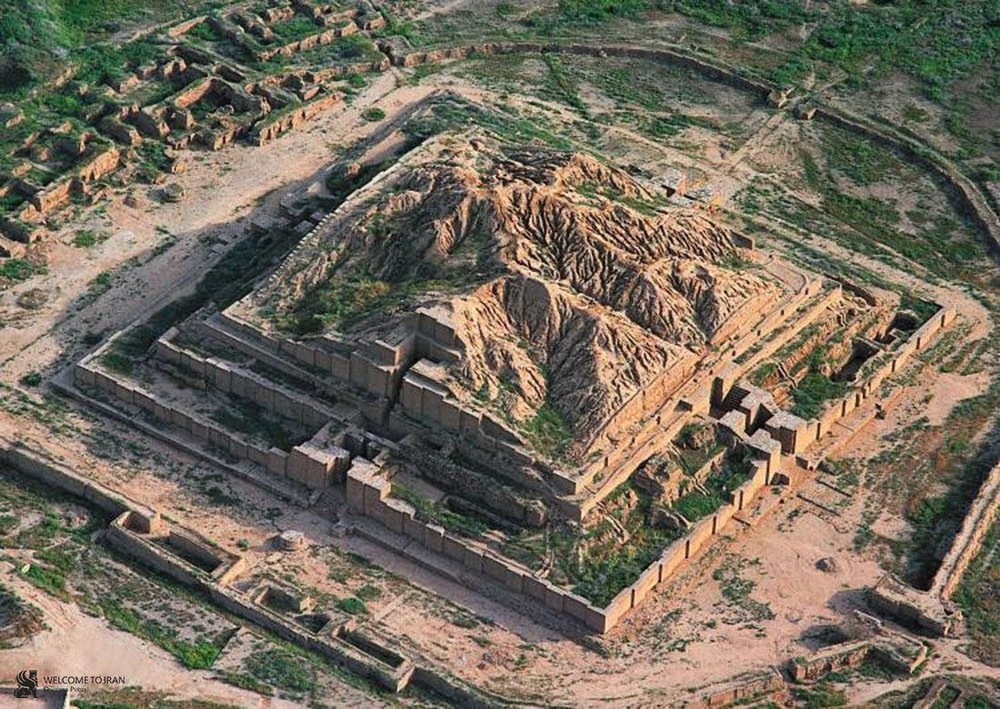
After the destruction of the city, sands carried by floodwaters covered the site. This is why the temple looked like a hill until in before a French archaeologist discovered it. The evidence of its destruction can be seen as numerous unused bricks left at the site after the death of Elamite King. Although, the city remained as a pilgrimage site and a burial ground.
History of Chogha Zanbil
This magnificent ancient Elamite complex of Chogha Zanbil is 3300 years old and it was founded around 1250 BCE by the Elamite king Untash-Napirisha as the religious hub of Elam. The principal element of this complex is a huge brick ziggurat, a large elevated pyramidal temple dedicated to the Elamite God- Inshushinak who was the protector of Susa. Its original name was Dur Untash, a combination of Elamite Dur meaning a place and Untash the king of the Elamite who constructed it.
Design Details
Chogha Zanbil was formerly a square building, which was later transformed into a ziggurat. The temple remained as the first storey of this new structure. Initially, The ziggurat of Chogha Zanbil was estimated to have 100m on each side and was about 50m in height, in five levels, at the top of which stood a temple. Now its top is 24m high, which is less than half of its estimated original height.
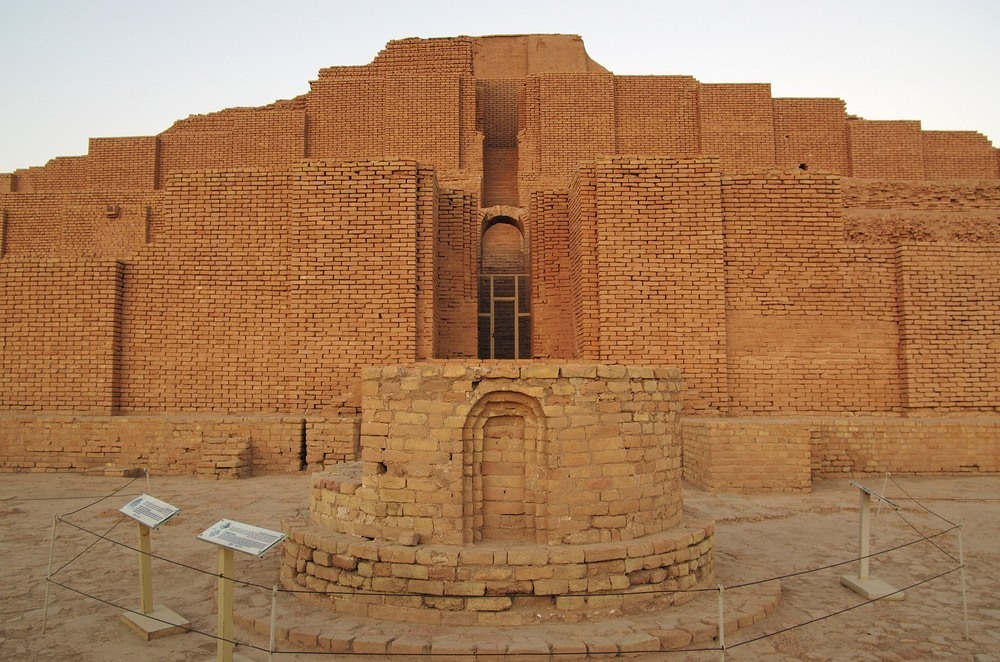
Its ornate facade was once covered in glazed blue and green terra-cotta, and its interior was decorated in glass and ivory mosaics. The Ziggurat entrances were guarded by glazed terracotta sculptures such as bulls and gryphons*. While the glazed tiles have been stripped off the exterior for a long time, the ziggurat is still in good shape and well maintained.
*Gryphons – A mythical creature with the head and wings of an eagle and the body of a lion.
The Unique Construction of the Chogha Zanbil
The ancient site was accidentally discovered by British Petroleum in 1935, during an oil exploration operation. The uniqueness of this monument is that it was not designed by putting one floor above another. First of all, the Chogha Zanbil ziggurat’s 5 stories were raised from the ground.
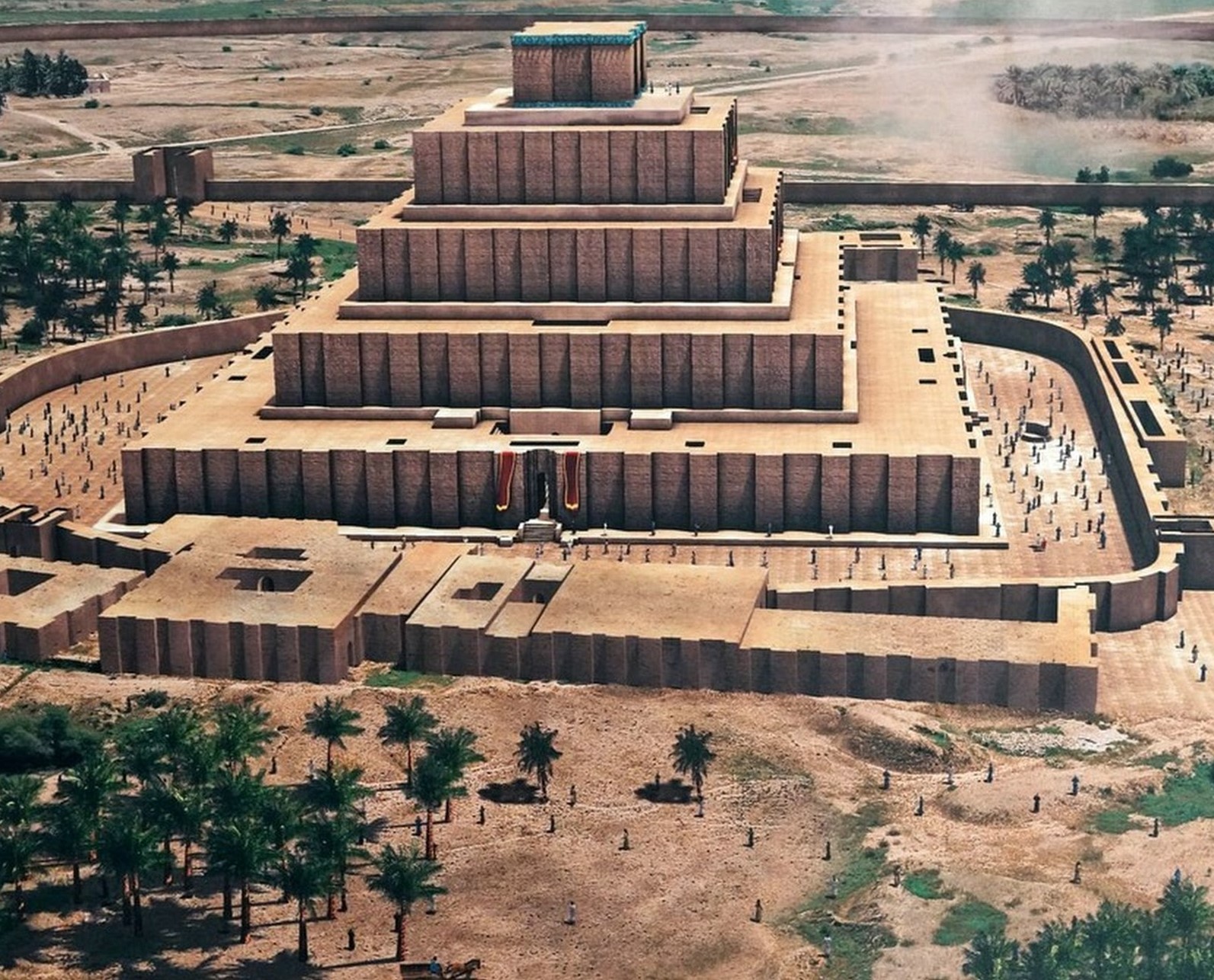
The original temple dedicated to Inshushinak enclosed a square open courtyard, according to the archaeologists who were working at the site. There was an open courtyard inside the temple that allowed the Ziggurat to be designed in its own unique way.
Also Read: Wat Rong Khun- The White Temple of Thailand

